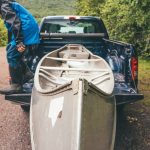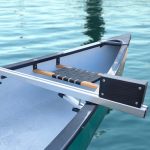Our guide to the best canoe brands will look at whether a branded canoe is right for you, as well as which canoe brands are still top of the pile.
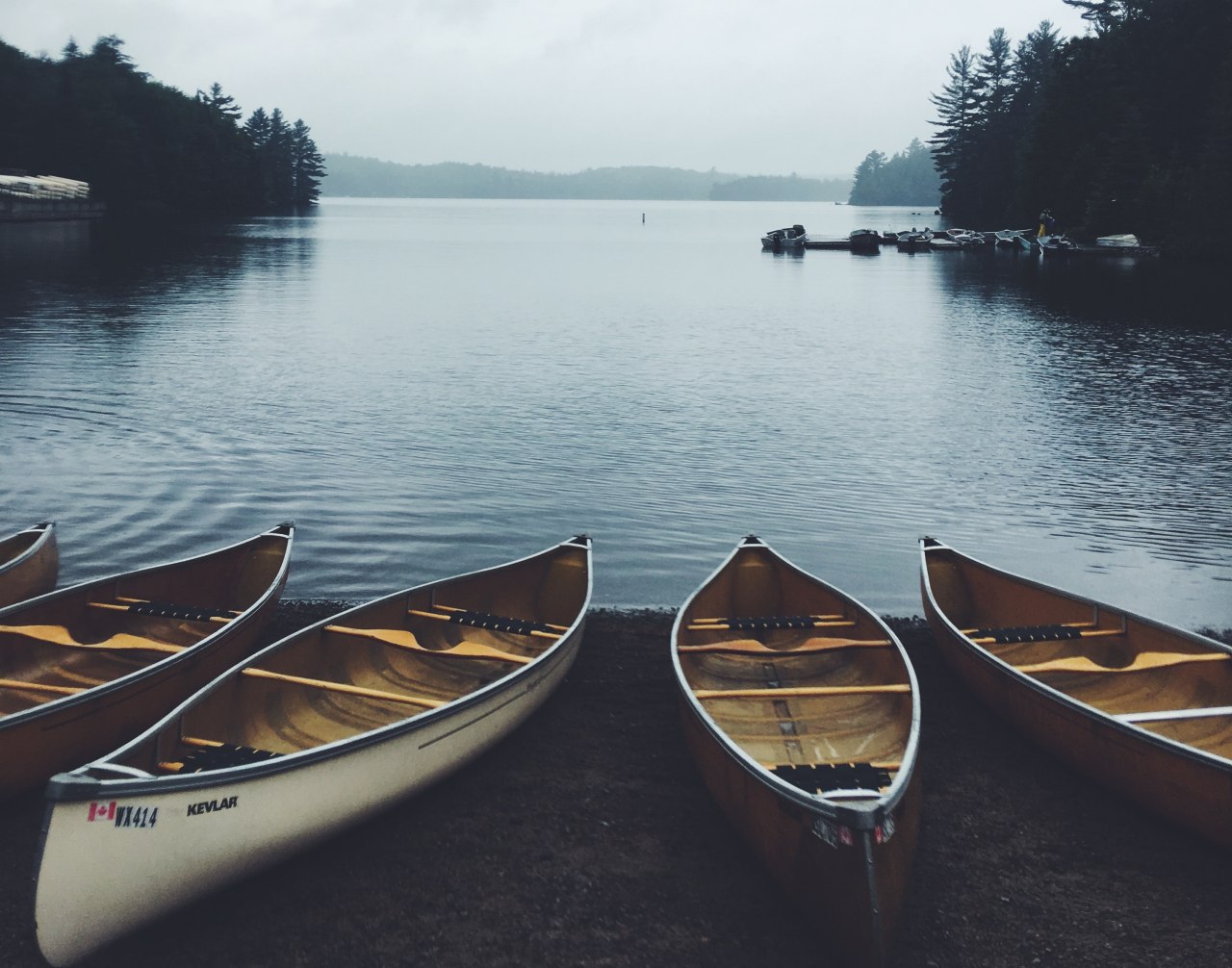
The canoe is often seen as an expensive alternative to the kayak. It’s no surprise really. After all, they’re bigger, right? Well, this does have an effect.
Fewer canoes fit in an oven at one time and in basic terms, you use more gas per boat to heat than you do with a kayak. And that’s not to mention those boats that have a more refined manufacturing process – the handcrafted wooden boats, or composite canoes.
Despite this, while kayaks seem to creep up in price year-on-year, canoes seem to have plateaued somewhat. I know what you’re thinking here, ‘shh, don’t remind the manufacturers.’
All of this is important but doesn’t answer the question, how much does a canoe cost? This article explores the price of a canoe as well as looking at the most important thing; do you need to buy the most expensive canoe?
How Much Does a Canoe Cost?
Let’s start with the most important question. A brand-new canoe will set you back somewhere around $900. This is an average though and they tend to range between $700 – $1500.

That’s not to say you can’t get a canoe cheaper than $700. The cheapest canoes are generally inflatables and can be picked up for less than $300.
Equally, canoes can run to far more than $1500. Specialist canoes can cost more than $4000 when they’re made of aircraft-grade materials.
What Factors Influence the Cost of Your Canoe?
As with all manufacturing, canoes don’t fit into the ‘one price fits all’ category. There are multiple factors that not only affect your buying choices but also affect the cost of your canoe.
Material
First and foremost, the materials that your canoe is made from will have a direct impact on how much it costs. If nothing else, raw materials incur different costs. Then there’s the cost of working those materials and the skills and machinery necessary.
Inflatable Canoes
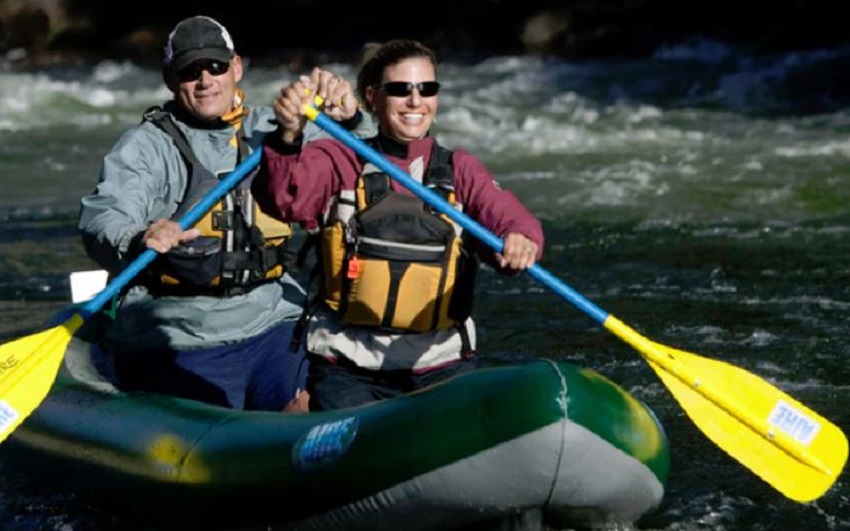
The cheapest canoes on the market are inflatable. These tend to be made from PVC or a similar plastic which is mass-produced for a number of different industries. This PVC doesn’t need to be molded either, with the sewing process far less space intensive than oven molding.
Roto Molded Canoes
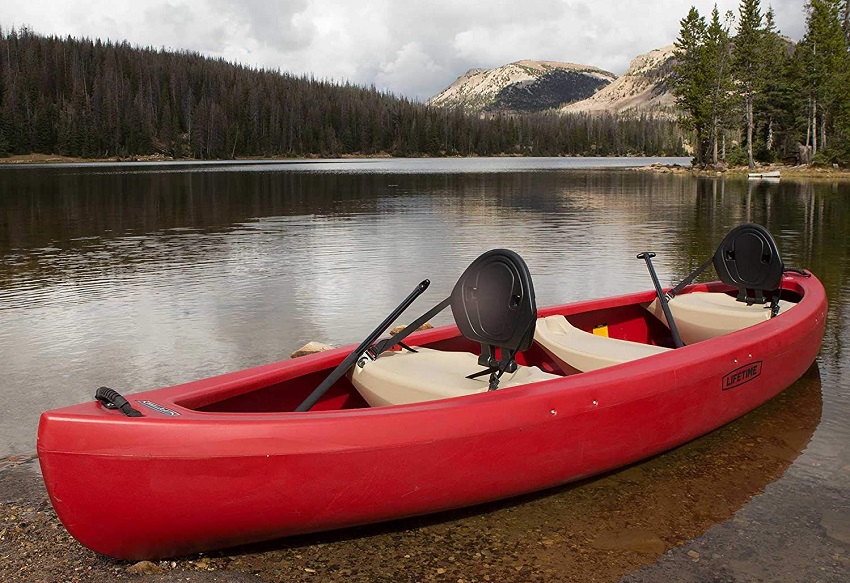
In the world of hard canoes, the cheapest option is roto molding. This uses polyethylene plastic, the cheapest option, and is molded around a plug in an oven. This requires some after-molding work as the top of the plug has to be cut off before the canoe can be outfitted.
ABS Canoes

ABS plastic canoes are slightly more expensive. These are made of multiple layers of plastic on a mold, a slower and more intensive process than roto molding. For this reason, ABS canoes are more expensive.
Composite Canoes
The world of composite canoes is where you get into what some people view as prohibitively expensive. Not only are the composite materials expensive — whether fiberglass, carbon, or aircraft grade Armalite — but the processing is far more involved when using these materials.
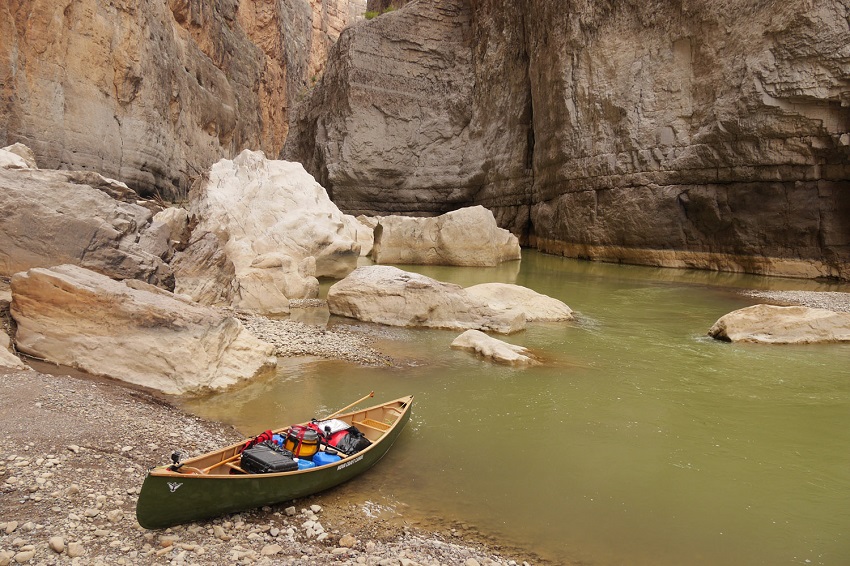
Composite canoes may be either made primarily of these materials or woven through sections for stiffness and response. Either way, the technology, and design all add up.
Aluminum Canoes
Aluminum canoes are expensive, there’s no getting around that. Most people buying aluminum canoes are looking at them as an investment.

And that’s because these canoes will last a lifetime. And perhaps a few more. Really, you can often pass these down multiple generations and have them still in great condition. If you want a canoe you can hand down to your grandchildren and can afford the initial investment, then the Aluminum canoe is for you.
Wooden Canoes
Wooden canoes vary in price but can generally be summed as ‘not cheap.’ Wooden canoes are generally hand-built by craftsmen and this requires not only years of training, but the right raw materials.

And these materials have to be treated, both before and after the manufacturing process. Wooden canoes are a work of art. They glide silently through the water. But art isn’t cheap.
Outfitting
Outfitting might be a term you associate more with kayaks than canoes. But canoe outfitting is just as important, and what’s more important here is that the quality – and quantity – of your outfitting will have a direct effect on the price of your canoe.
Outfitting is all those things inside your canoe that are additional to the molded hull. These generally consist of seats, a central yoke, thwarts, airbags, and any lacing down the sides.
The more outfitting you have, the more your canoe will cost. Also, if you want higher-quality outfitting, you will have to pay more for it. Laced seats and deep-dish yokes are perhaps two of the most common outfitting upgrades that canoeists look for.
Purpose
It’s a bit of a sweeping statement, but recreational canoes tend to cost less than canoes that are purpose-built for a demanding environment.
Recreational canoes often fall into the more budget-friendly category for two reasons. Firstly, their designs are usually established and the materials are often cheaper – as we looked at earlier. But then there’s the target audience. Canoe companies know that if you’re looking for your first canoe or a canoe you’re going to use once each summer, you probably won’t spend thousands of dollars.

Canoes built for specific and often more demanding disciplines, like fishing, touring, or white water, can command a higher price tag. Canoe companies are constantly developing these canoes and this technology and knowledge come at a price.
Sport-Specific Features
Sport-specific features can come as hull designs, or they can come as add-ons. Square-stern canoes, for example, have a hull designed specifically with hunting or fishing in mind. This built-in transom mount is usually coupled with a wider canoe for high stability.
But sport-specific features may also be the outfitting. On fishing canoes, this might be a high seat or a cooler. On a touring or white water canoe where you need positive connectivity, it could be in the form of a kneeling thwart.

You can also add on features, like a side motor mount, gear rails, airbags, and plenty more. These all incur additional costs for both manufacture but also fitting. Whether you need these is up to you, but it can be easy to go overboard on the features.
Brand

It sounds unfair, but the big brands on the market have some control over how much canoes cost. When you’re selling that many canoes, you can alter the market by changing your prices.
But sometimes, paying for a brand is worth it. With these bigger brands comes reliability. Companies like Old Town have been making canoes for hundreds of years, they must have it right by now.
Also, you get more peace of mind. Sure, it’s great to support smaller businesses, but larger brands are often in a position to offer better customer support and warranties. They also often have retail outlets closer to where you’ll live. The premium price might be worth the after-sales care.
Do You Get What You Pay For With Canoes?
Yes, but only to a point. A more expensive canoe will most likely feel nicer to paddle, but it isn’t necessarily going to immediately make you a better canoeist.
What we mean by that is that you should aim to get the canoe that is right for you, not the most expensive canoe on the market. Budget canoes have come a long way in the past few years and for many recreational canoeists, there’s no reason not to paddle one of these.
If you are pushing your canoeing into more demanding environments, then it’s hard to avoid associated costs. But that doesn’t mean you have to go out and spend all of your money. You can usually strike a balance where you don’t pay over the odds but aren’t compromising on the design either.
Should You Buy a Second-Hand Canoe?
There is always a second-hand market for canoes. In fact, manufacturers promote it. Why? Because for every person selling a secondhand canoe, there’s another buying a brand new canoe.

Second-hand canoes generally cost around $500. This is considerably cheaper than a brand-new canoe, but the second-hand market can still command high prices. Models that are sought after, or that were highly expensive to start with, can still make your eyes water secondhand.
If you’re going to buy second-hand, make sure you give the canoe a thorough check-over, for any cracks, splits, or knocks that might compromise the hull’s integrity. Check the underside too. If the canoe looks very thin at one end, chances are it’s been dragged to the water.
With a second-hand canoe, you won’t get a warranty or any guarantee. But you might be able to get more canoe for your money than with a brand new model.





